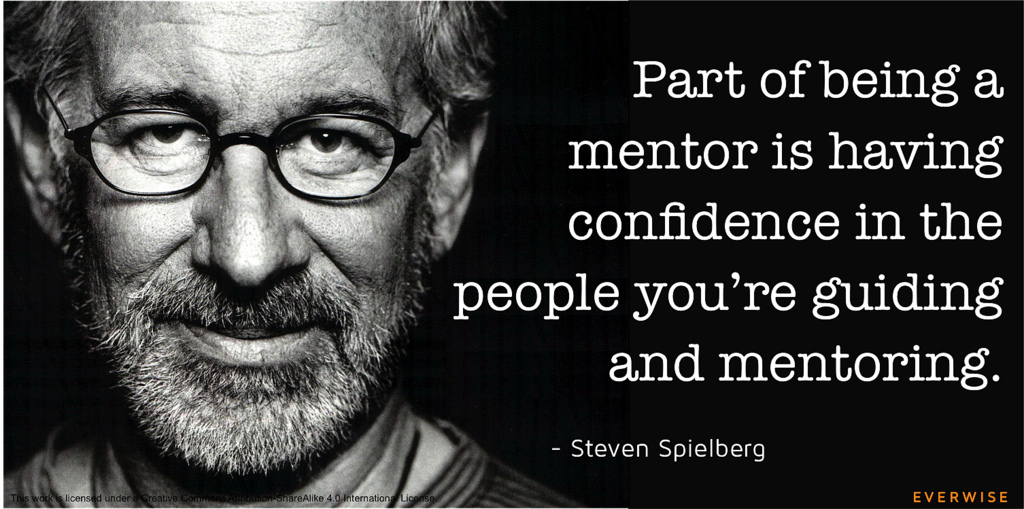Mentoring in the Workplace
As someone dedicated to continuing education, ongoing improvement and learning, and professional development, I highly advocate the idea of becoming a mentor for your profession in your workplace. The workplace situation can be a complicated one. There are numerous types of people with all sorts of problems and petty quarrels. You need to not just mentor someone to pass on knowledge and develop young talent in your workplace, or to help you refine your own personal skills and knowledge by teaching them to someone else, you also need to help solve these problems and enable all the employees to work together in peace in order to achieve what is best for the organization.
This article discusses how a mentor can use different techniques to enhance their ability to solve a problem and be an example to others. The following is a list of approaches a mentor can take in order to make the best use of their skills and grow the next generation of the workforce into smart, capable, problem-solving professionals. A well developed-mentee may, in the future, be able to share some of your workload or fill your position as you move up yourself.
Top Techniques for Mentoring
- Approach Everyone Differently: No two persons in the workplace are the same. In order to mentor an individual effectively and efficiently, one must approach each one differently and listen to their problems and queries with a different mindset. This is not to say that you should treat everyone differently, but that you should approach each one by keeping in mind their behavior and needs.
- Set Expectations: Setting expectations allows a mentor to communicate and achieve those goals with colleagues better. Without setting goals and objectives, there will be no point in working hard and making a difference. When you know that a certain thing must be achieved then both parties work equally as had in order to achieve it.
- Give Advice: Any mentor worth their salt knows that any situation can be solved by handing out the right kind of advice. Talking to people and listening to their problems is paramount as a mentor. Only then can you provide advice that has the capacity to make a difference. Feedback is essential for growth!
- Trust Them: You picked your mentee for a reason. Trust that they will excel and grow and perform well. This trust will carry over into your mentee as confidence and belief in what they can accomplish for themselves.
- Don’t Assume: While you should trust your mentee, one should never assume the best or the worst in people. The workplace has the capability to change people in a matter of days and not everything is what it seems from the outside. The workplace entails all sorts of problems and mentoring without assuming anything is the best ways to go about it. Make sure that responsibilities are clearly communicated, don’t assume that your mentee understands everything right off the bat!
- Work Constantly: Mentoring is a difficult job and people must work constantly in order to increase their skill sets and effectiveness. You’re not just doing your job now, you’re also doing the work of developing someone else. Working on the job and putting in the extra hours may be necessary in order to solve workplace problems quickly and permanently. Mentors should make the best of their abilities and also constantly look to improve them so that they are better equipped to handle various kinds of situations and events in the workplace.
- Know when to let go. If you jump in each time there is a problem to solve or a project that needs retooling, your mentee will never actually develop the skills to go it alone. Know when to back off and let them muddle through problems on their own!
To conclude, all off these above-mentioned techniques give the mentor guidance on how to go about things. The workplace is a complex maze and puzzle that brings about a new problem every single day. Many of these problems arise due to differences between colleagues and employees. The job of the mentor is to solve these problems while keeping everyone happy and productive, as well as imparting knowledge whenever you can. These guidelines certainly help the mentor in achieving the set goals and objectives.
The mentor is the one to whom all upset employees go to share their problems looking or to help devise a solution to a problem. The mentor will help brainstorm and guide workplace professionalism. Using these guidelines and their own innate desire to teach, the mentor is now better-equipped to handle these situations.

